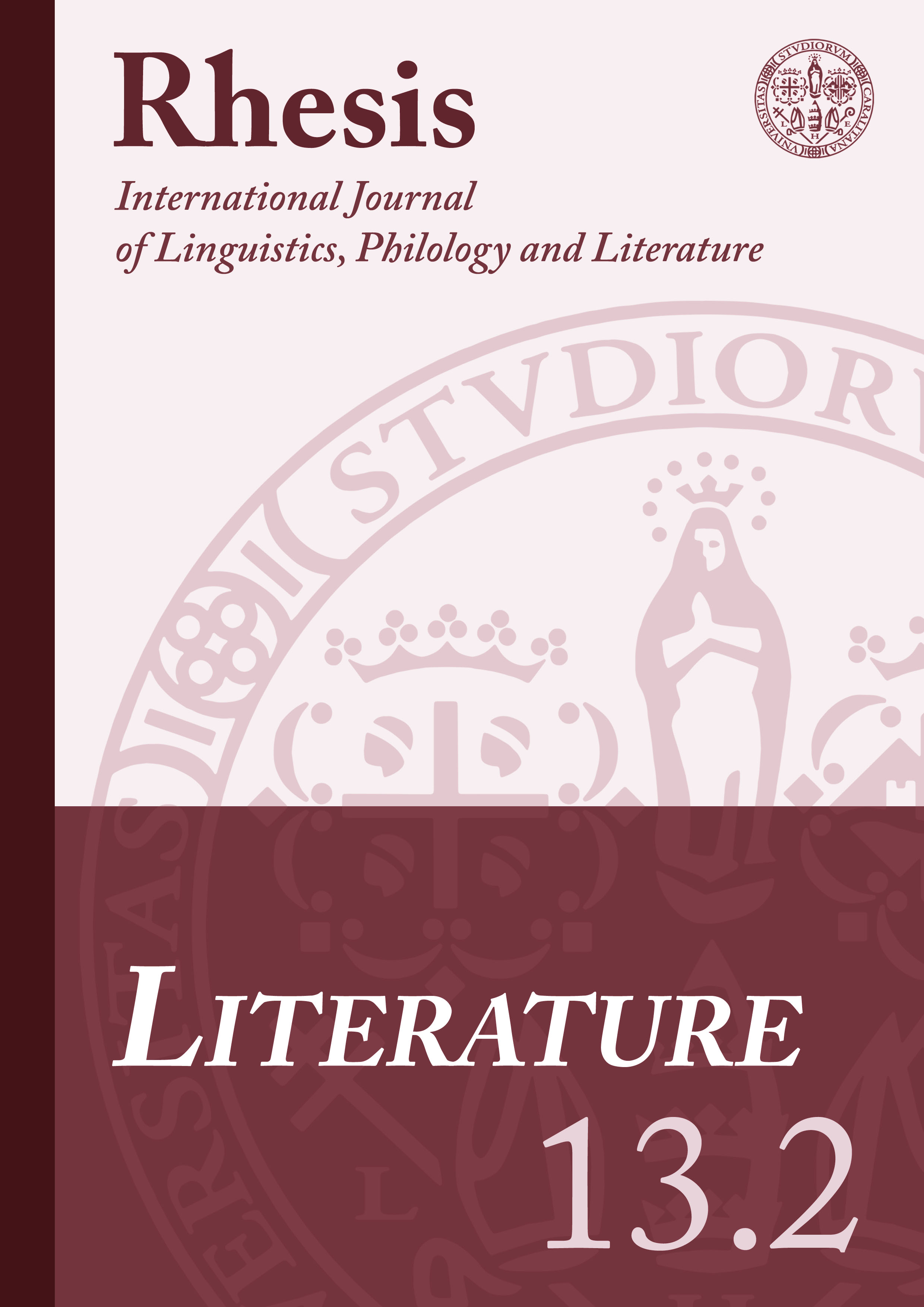Su due recitazioni tritonali dello śloka sanscrito
Abstract
In contemporary India many recitation practices of Classical Sanskrit metrical texts are observed. The present paper will focus on two particular chanting styles applied to the Classical Sanskrit śloka and based on tritonal scales and will try to show that the relationship existing between these two styles can be described as a “modal transposition” and is parallel to that existing between the Tamil and the Nambudiri styles of Veda recitation. These observations allow us to highlight that, in order to analyse the chanting practices belonging to Old Indo-Aryan texts, one has to distinguish at least three different levels: the scale (that is the inventory of tones), the melodic profile described prescinding without considering the scale (or, more precisely, without considering the intervals between the grades of the scale), the rhythmic profile.
Downloads
References
Felber, Erwin (1912), Die indische Musik der vedischen und der klassischen Zeit, con testi e traduzioni di Bernhard Geiger (Sitzungsberichte der KAW, Phil.-Hist. Kl., 170/7), Wien, KAW.
Gray, J. E. B. (1959a), ‘An analysis of Ṛgvedic recitation’, BSOAS 22, 86-94.
Gray, J. E. B. (1959b), ‘An analysis of Nambudiri Ṛgvedic recitation and the nature of the Vedic accent’, BSOAS 22, 499-530.
Howard, Wayne (1986), Veda Recitation in Vārāṇasī, Delhi, Motilal Banarsidass.
Jairazbhoy, N. A. (1975), ‘An interpretation of the 22 śrutis’, Asian Music, 6 (1/2), 38-59.
Larios, Borayin (2017), Embodying the Vedas. Traditional Vedic Schools of Contemporary Maharashtra, Berlin, de Gruyter.
Milizia, Paolo (2020), ‘Sullo statuto fonologico del sandhi tonale rigvedico’, Atti del Sodalizio Glottologico Milanese, 14 n.s. (2019 [2020]), 141-172.
Mitra, Arati (1989), Origin and Development of Sanskrit Metrics, Calcutta, The Asiatic Society.
Remmer, Ulla; Liebl, Christian; Lechleitner, Gerda (2016), Indian Recordings (Exner 1904–05, Archive 1918), 3CD + libretto, Wien, VÖAW.
Schotsman, Irma (1995), Aśvaghoṣa’s Buddhacarita. The Life of the Buddha, Sarnath-Varanasi, C.I.H.T.S.
Staal, J. F. (1961), Nambudiri Veda Recitation, The Hague, Mouton.
Steiner, Roland (1996), ‘Die Lehre der Anuṣṭubh bei den indischen Metrikern’, in Hahn, Michael; Hartmann, Jens-Uwe; Steiner, Roland (Hrsgg.), Suhṛllekhāḥ. Festgabe für Helmut Eimer, Swisttal-Odendorf, Indica et Tibetica, 227-248.
Weber, Albrecht (1863), Ueber die Metrik der Inder. Zwei Abhandlungen, Berlin, Dümmler.
Wilke, Annette; Moebus, Oliver (2011), Sound and Communication. An Aesthetic Cultural History of Sanskrit Hinduism, volume + CD, Berlin, de Gruyter.
Tokunaga, Muneo (1995), ‘Statistic Survey of the Śloka in the Mahābhārata’, Memoirs of the Faculty of Letters, Kyoto University 34, 1-37.



